Estados Unidos/Abril de 2017/Autora: Megan Mitchell/Fuente: The Denver Post
RESUMEN: Gover, de 47 años, asumió el cargo de Defensor de la Juventud Indígena en Adams, 12 Escuelas Cinco Estrellas desde hace casi dos años después de mudarse a Broomfield con su esposa y sus hijos de Arizona, donde trabajó como defensor público de los indios americanos viviendo en la reserva. Ahora dirige el programa emergente de educación nativa del Distrito Adams 12, una organización extraescolar donde estudiantes nativos americanos, de Alaska y Hawai pueden obtener tutoría y aprender prácticas culturales y artesanías que honren su herencia ancestral. El programa se inició hace más de una década, pero había caído en el camino hasta que apareció Gover. «Si estás involucrado en la escuela, tiendes a hacerlo mejor», dijo Gover. «Ése es el punto principal de nuestro programa: Dar a estos niños una base cultural y fomentar su éxito a través de la comprensión de su propia identidad nativa».
Phil Gover was on the gym floor pouring over notebook drawings of a flattened teepee with several middle school kids during his after-school Native Education group on a recent day. He was helping the students figure out how the teepee should be set up.
“Which way do we put it up, and which way will the door open?” Gover asked, looking around at the students huddled in next to him inside Vantage Point High School in Northglenn. “Which way do the winds come from?”
“The door faces where the sun rises — east,” said Alijah Zavala, 8. “The winds blow from the west, where the back faces.”
Gover asked him why, and all the kids in the circle tried to explain at the same time how positioning the teepee with its back facing the wind makes it stronger against the elements — the correct answer.
“This is what I’ve always wanted to do,” Gover said. “I want to create something for these students to where they have the kind of chances that I had. I want them to get to go to law school. We need native students who know who they are, and who use it to make themselves better people.”
Gover, 47, took over as the Native American Youth Advocate for Adams 12 Five Star Schools almost two years ago after he moved to Broomfield with his wife and children from Arizona, where he worked as a public defender for Americans Indians living on the reservation.
Now, he heads up the Adams 12 district’s burgeoning Native Education program, an after-school and extracurricular organization where Native American, Alaskan and Hawaiian students can get tutoring and learn cultural practices and crafts honoring their ancestral heritage. The program was started more than a decade ago, but had fallen to the wayside until Gover showed up.
“If you’re involved in school, you tend to do better,” Gover said. “That’s the whole point of our program: Give these kids some cultural base and encourage their success through the understanding of their own native identity.”
Greg Phillips, chair of the Adams 12 American Indian Parent Advisory Committee, which organizes the district’s annual Native American Powwow at Century Middle School in Thonton, said that Gover has taken the Native Education program to a completely new level.
“Since Phil came on as our youth adviser, it’s worked very, very well — better than it has in the last six years prior,” Phillips said. “There’s so much more interaction between the council and the school district. He’s really brought the parents and school district together and truly puts native students’ needs at the forefront.”
The Native Education program qualifies for federal funding under Title VII, the U.S. Department of Education’s Indian, Native Hawaiian, and Alaska Native Education act that funds local school districts that offer educational and cultural activities that meet the unique academic needs of American Indians and Alaska natives.
“They do a lot of leadership programming that’s built into the framework of their culture,” said Mark Poshak, a spokesman for Adams 12. “It isn’t just a hangout group; it’s propelling them in a way that helps with their academics.”
Since Gover took the full-time position with Adams 12, student participation has increased from a rapidly dwindling five kids, to more robust and dedicated core group of nearly 20 native students from across the district who can demonstrate impressive knowledge from their ancestral practices.
“One of our daughters is graduating from Mountain Range High School this year, and the native leadership program that she participated in certainly helped her,” Phillips said. “But it’s really helpful to show all native students that leadership in terms of how we can work with the school district on issues that are relevant to them.”
But it’s just the beginning for Gover, who has big plans for programming for native students in Adams 12 over the coming years, including starting a Native American athletic club.
“The issue has become finding gym space because all the district gyms support charter schools and other programs,” he said. “But one of the biggest challenges I have is transportation. Parents work, and I can only drive one bus, and these kids come from all over the district. I need another person to reach more kids. That’s my goal.”
This year alone, students attending the Native Education program on Mondays and Tuesdays after school have done some Navajo weaving, drum making and teepee construction.
“We’re about to start a beadwork class that will go for about six weeks,” Gover said. “And just about every Thursday at 6 p.m. we have a cultural night here at Vantage Point where all our native families get together and have dinner.”
He said: “A lot of these classes are taught and guided by our parents. I rely on their knowledge and diverse skills for so much. There are so many different tribes represented throughout Adams County alone. It’s amazing.”
There are between 250 and 300 American Indian students in Adams 12 with more than a dozen tribal roots including Navajo, Pawnee, Kickapoo, Lakota, Oglala, Sioux and Shoshone.
“While it looks like we have a lot of native students here, they all go back to their schools and are just one out of hundreds of other students,” Gover said. “This may be the only time they interact with other native students from their school or community. We want to create the type of extended family that is more customary in larger native populations and encourage students to thrive with that support.”
Fuente: http://www.denverpost.com/2017/04/12/adams-12-native-education-program/
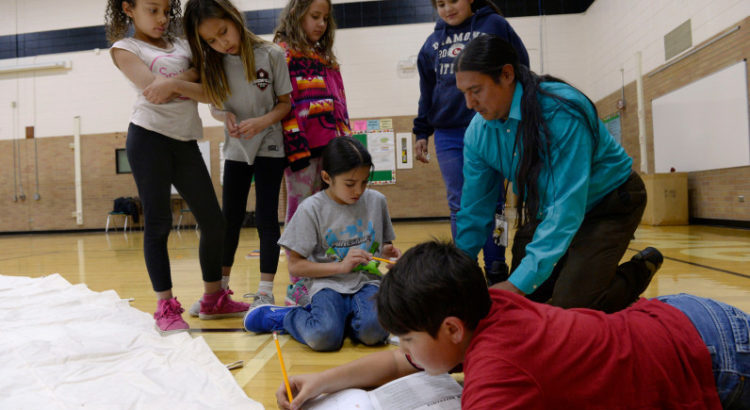
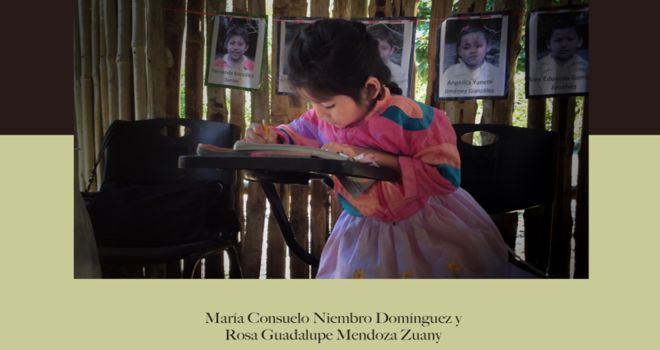
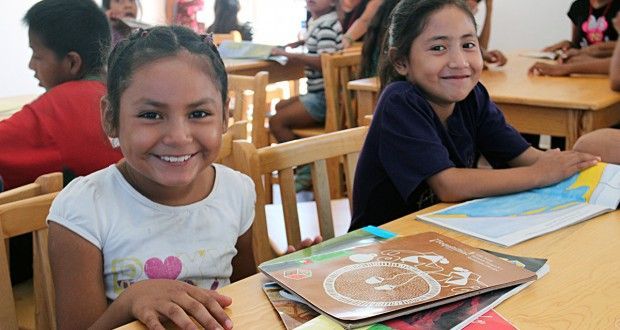
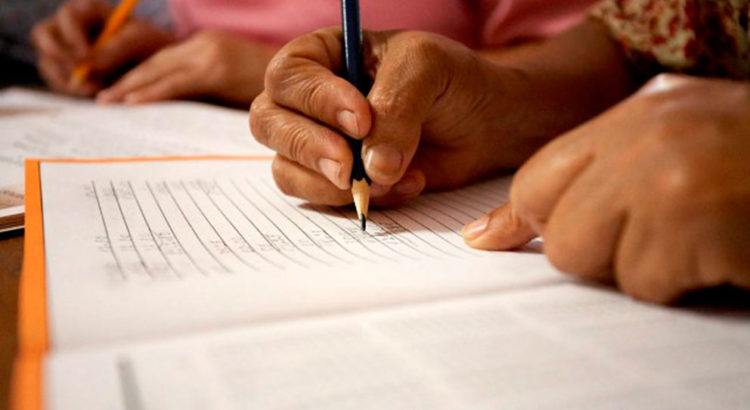
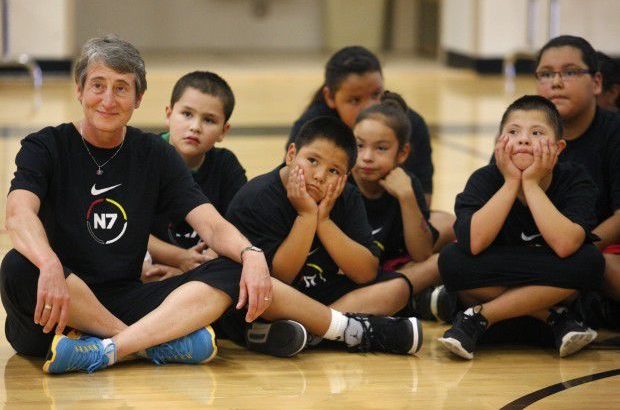
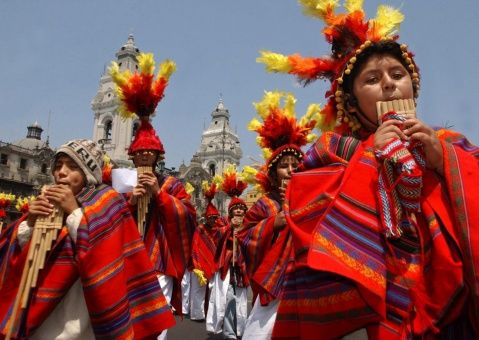







 Users Today : 295
Users Today : 295 Total Users : 35459890
Total Users : 35459890 Views Today : 473
Views Today : 473 Total views : 3418445
Total views : 3418445